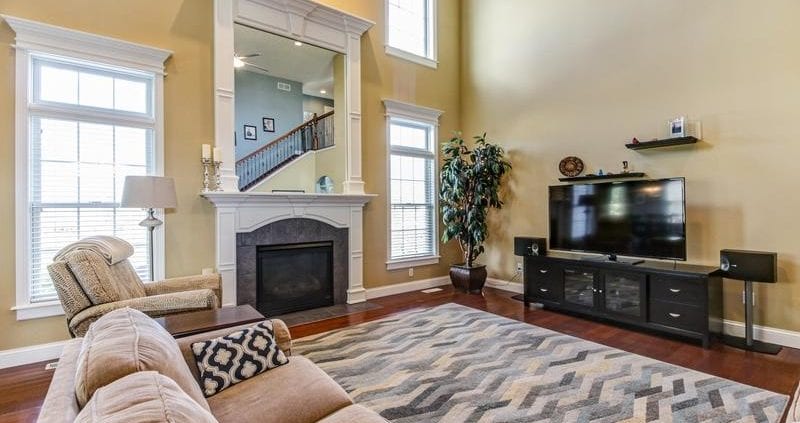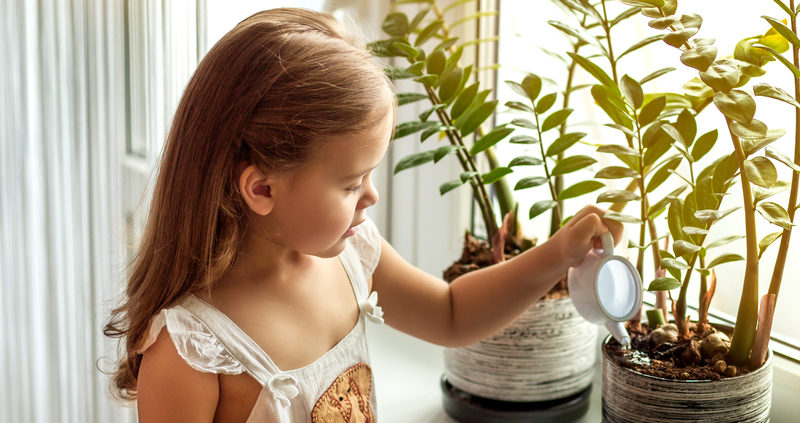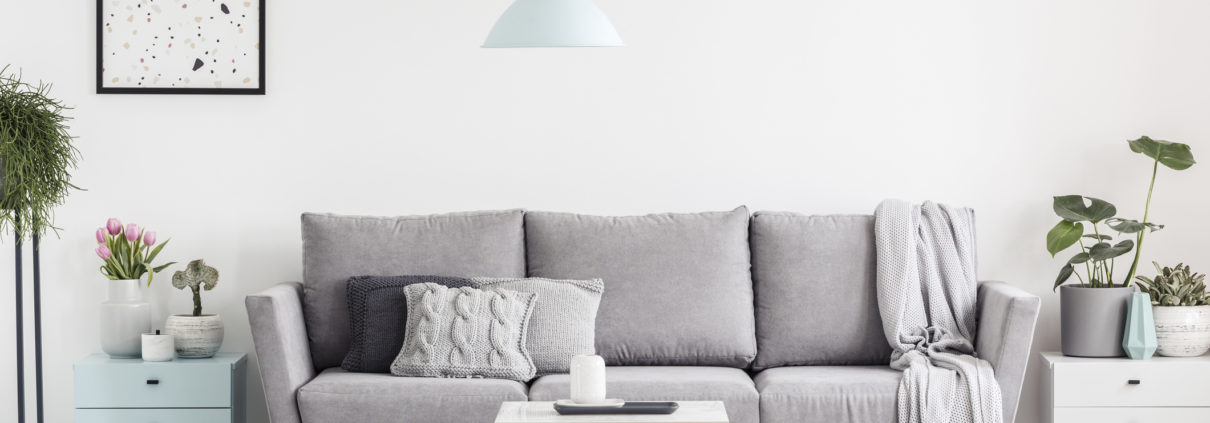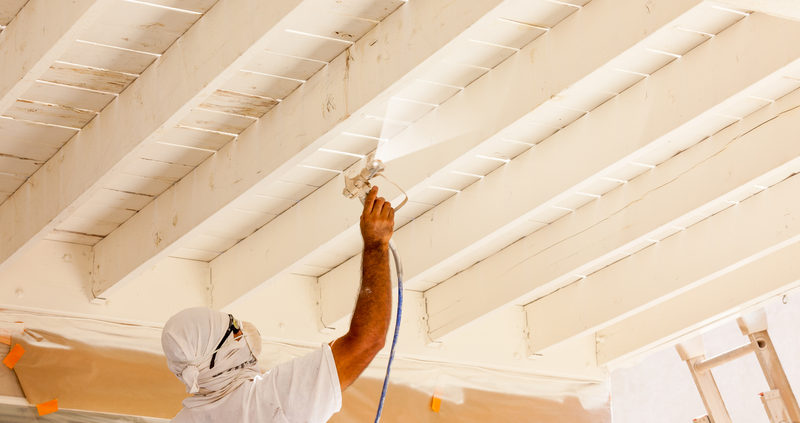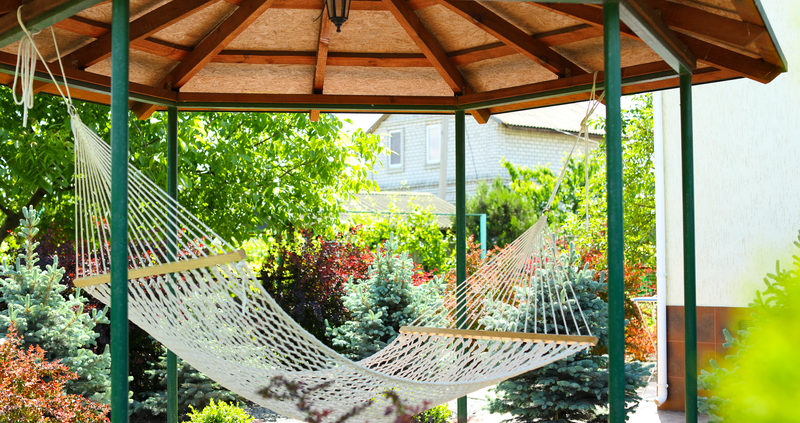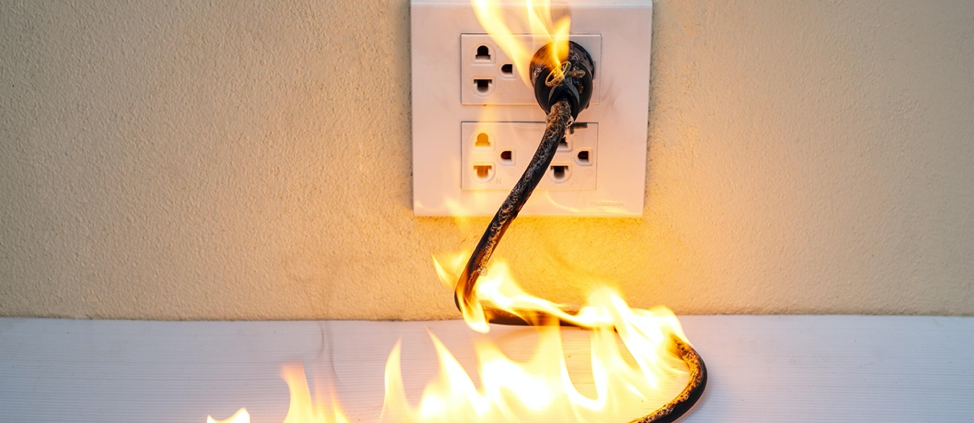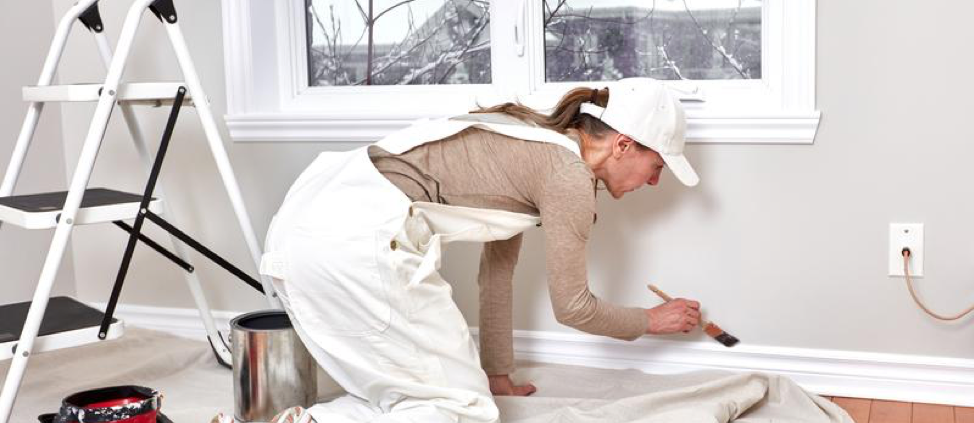Is It More Expensive to Repair the Roof Myself or to Use a Contractor?
The short-term costs of repairing your roof yourself could be cheaper than hiring a contractor, but it’s more likely that completing your roof repairs yourself will be significantly more expensive in the coming months and years. There are several factors to take into consideration when comparing the advantages of hiring a contractor over repairing your roof yourself.
Project Length
You may be able to repair your roof for less if you’re an expert at home repairs, but it’s unlikely that you’ll be able to fix it as quickly as a contractor can. You have work, responsibilities, maybe a family and other demands that will limit the time you have for repairing your roof. This leaves your roof and home exposed to further damage. Meanwhile, a contractor and his or her team will get your roof repaired much faster, protecting your home from exposure to wind, rain and other damaging elements. Furthermore, your contractor will know all the expected costs of repairing your roof while you could run into numerous costs that you didn’t consider.
DIY Downsides
There are many disadvantages to DIY roof repairs. You may not have the knowledge and expertise to understand everything your roof needs. Moreover, the internet is loaded with poor and inaccurate advice about the materials that waterproof your home as well as the correct shingles to use for your specific roof design. HQ Home Maintenance says that using the wrong materials to waterproof your roof may have catastrophic results. A professional roofer or roofing company will understand the exact materials your roof repairs will need to last years.
The True Cost
At first, you may pay less if you repair your roof, but you’ll probably end up paying much more than the contractor would have cost. One of the disadvantages of DIY roof repair is that you may not identify all the damage to your roof, causing more and costly issues in the future. In addition, you could install or repair your roof incorrectly and need a contractor anyway. Another issue is that repairing your roof without a professional can depreciate the value of your home. A contractor will be cost-efficient because his or her work will likely come with a limited warranty, and he or she will know the least expensive materials your roof will need and identify all the areas that need to be repaired. A contractor will also help you make decisions that preserve the integrity and value of your home.
Hiring a contractor or a roofing company is less expensive in terms of long-term costs than trying to fix your roof yourself.
Here is another article you may enjoy: What To Know About Doing Pest Prevention Yourself


